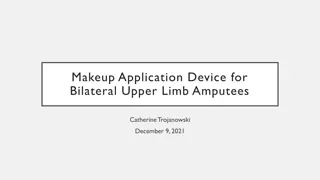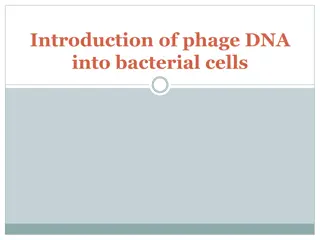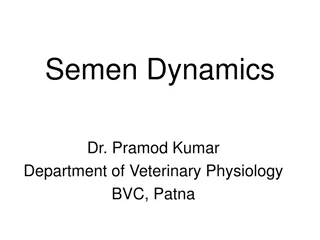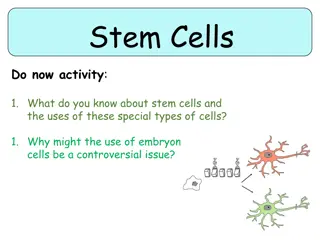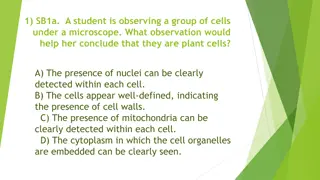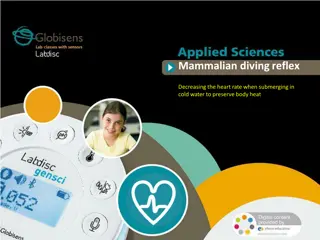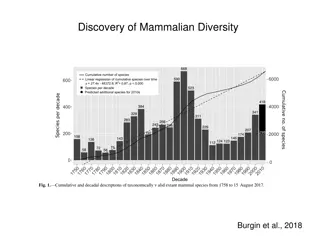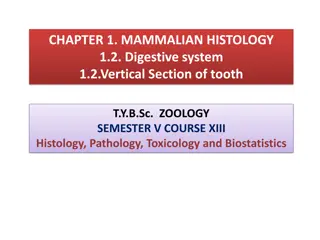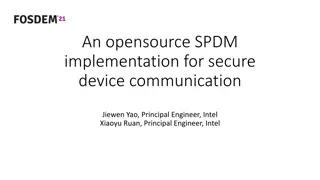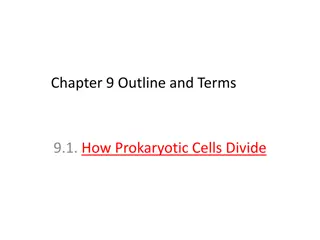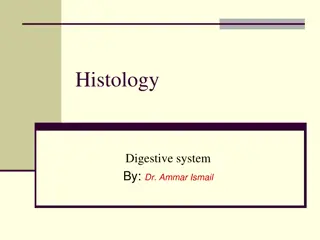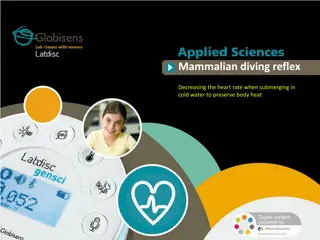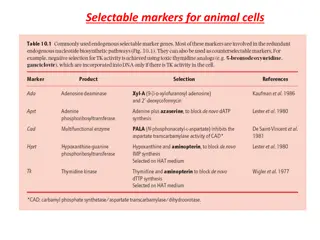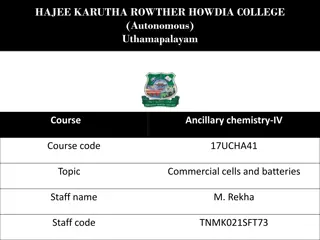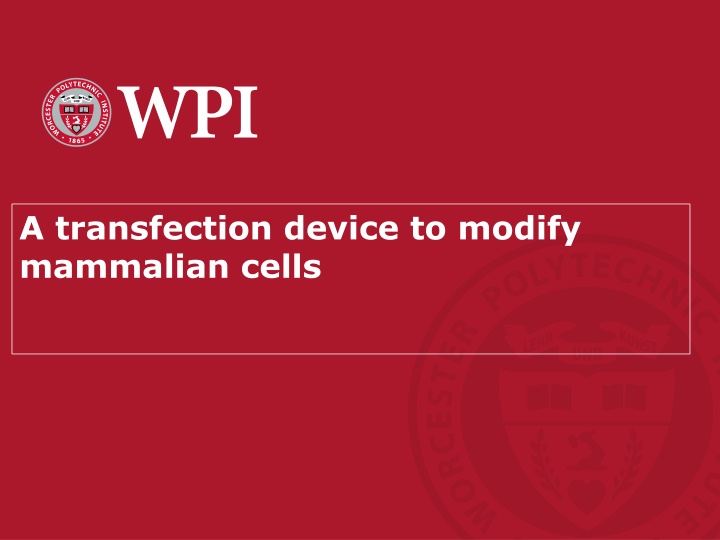
Microchannel Transfection Device for Mammalian Cells
Develop a microchannel-based transfection device to efficiently deliver DNA, RNA, and proteins into mammalian cells, addressing limitations of existing methods like cost and cell damage. The goal is to enable high-throughput transfection with minimal cell damage and the ability to separate transfected and non-transfected cells, benefiting applications in cell therapy and research. Expertise in cell culture, microscopy, and fluid mechanics is essential, requiring a team of Bioengineering and Mechanical Engineering majors.
Download Presentation

Please find below an Image/Link to download the presentation.
The content on the website is provided AS IS for your information and personal use only. It may not be sold, licensed, or shared on other websites without obtaining consent from the author. If you encounter any issues during the download, it is possible that the publisher has removed the file from their server.
You are allowed to download the files provided on this website for personal or commercial use, subject to the condition that they are used lawfully. All files are the property of their respective owners.
The content on the website is provided AS IS for your information and personal use only. It may not be sold, licensed, or shared on other websites without obtaining consent from the author.
E N D
Presentation Transcript
A transfection device to modify mammalian cells
Advisor(s): Sakthikumar Ambady (BME) Ahmet Sabuncu (ME) Contact: sambady@wpi.edu acsabuncu@wpi.edu Area of study : Tissue engineering, Biomechanics, Bioinstrumentation Expertise: Cell culture, Microscopy, fluid mechanics, CAD Requirement: Team MUST be a mixture of BME and ME majors or BME/ME double majors
Project need Transfection of DNA, RNA and proteins into mammalian cells is performed primarily using three methods lentiviral transfection, liposomal transfection, and electroporation. These methods suffer from many limitations 1. Even though the transfection efficiency of lentiviruses is >90%, the cost of generating high titer viruses is very high and pose serious health hazards 2. Liposomes can be prohibitively expensive for high volume transfections. Transfection efficiency is low (2-10%) 3. Electroporation causes massive cell death, and hence have limitations in human therapy using patient derived cells
Transfection applications a. Cell therapy by delivering DNA, RNA, proteins or nanoparticles into patient derived cells Generation of iPSCs using stem cell proteins, thus increasing efficiency and reducing risks associated with lentiviral vectors Modification of immune cells to treat blood cancers (CAR T-cell therapy) and solid tumors Generation of transgenic cells for research applications b. c. d. Project need 1. Existing technologies allow only one type of molecule to be transfected at a time. Therefore, the device should be capable of transfecting DNA, RNA and proteins into mammalian cells individually or in combination 2. Allow high throughput transfection of human primary cells, stem cells and iPSCs
Project Goal 1. Create a microchannel or micropore based transfection device with channel width ranging from 10 to 1000 m 2. Ability to generate accurate shear forces in the microchannels as cells pass through the channels 3. The device should be able to transfect mammalian cells that are in continuous flow 4. Device should be able to perform high throughput transfection with minimal cell damage 5. Ability to separate transfected and non-transfected cells as applicable (for e.g., fluorescent protein transfection)





